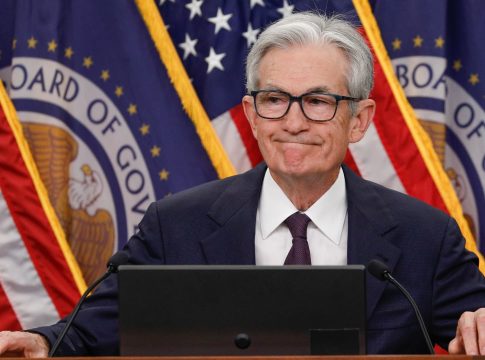Powell Faces Pressure to Cut Interest Rates
Federal Reserve Chairman Jerome Powell is set to appear before Congress, and the stakes couldn’t be higher. With increasing pressure from both political circles and economic insiders, the push for lower interest rates is intensifying.
A Tense Testimony Ahead
Powell’s semiannual testimony kicks off with the House Financial Services Committee, followed by a session with the Senate Banking Committee. These hearings are typically routine, allowing Powell to discuss the state of the economy and monetary policy—usually without significant backlash. However, this time, the atmosphere is charged. President Trump and several White House officials have ramped up their demands for rate cuts, and some Fed officials have expressed their openness to easing policy as early as July.
The Background: Growing Political Pressure
The current situation marks a notable shift. Traditionally, the Federal Reserve operates independently, shielded from political influences. Yet, Mohamed El-Erian, a chief economic advisor, notes that the central bank’s shield is beginning to erode. The rhetoric from Fed governors Michelle Bowman and Christopher Waller has hinted at the possibility of a rate cut, directly contradicting Powell’s recent calls for patience in monetary policy.
Market sentiment reflects this uncertainty. Trading odds for a July rate cut have surged to 23%, while expectations for a September adjustment are a solid 82%.
The Balancing Act for Powell
As Powell prepares for a potentially contentious two-day session, he has to navigate criticisms from both sides of the political spectrum. Republicans are likely to challenge him over the delay in easing monetary policy, while progressive voices, like Senator Elizabeth Warren, will pressure for immediate cuts.
The Risks of Dramatic Cuts
Despite the clamor for drastic reductions—Trump has suggested cuts of up to 2 percentage points—many economists warn against such abrupt actions. Waller has underscored a more cautious approach, advocating for gradual cuts. The concern is that rapid cuts may backfire. For instance, after the Fed reduced rates significantly last year, Treasury yields actually rose, indicating investor skepticism about the effectiveness of such maneuvers.
Why Immediate Cuts Might Be Irresponsible
Some experts argue that the administration’s demands for swift action from the Fed are misplaced. The primary mandate of the Fed is to ensure stable inflation and employment—not to directly manage federal borrowing costs. Any deviation toward strictly political motives risks undermining the Fed’s core responsibilities.
Ultimately, while there’s a case for reducing rates, it should be grounded in sound economic principles rather than political pressures. Powell’s upcoming testimony will be a critical moment, not just for monetary policy but for maintaining the integrity of the Federal Reserve amid rising political expectations.
What’s Next?
As we await Powell’s insights from Capitol Hill, it’s essential for everyday investors and consumers to stay informed. Whether you’re considering how rate changes could impact loans or savings, understanding that these discussions can lead to broader economic repercussions is vital. Keep your eyes on the market, as decisions made in the coming weeks could affect your financial landscape significantly.

Writes about personal finance, side hustles, gadgets, and tech innovation.
Bio: Priya specializes in making complex financial and tech topics easy to digest, with experience in fintech and consumer reviews.

